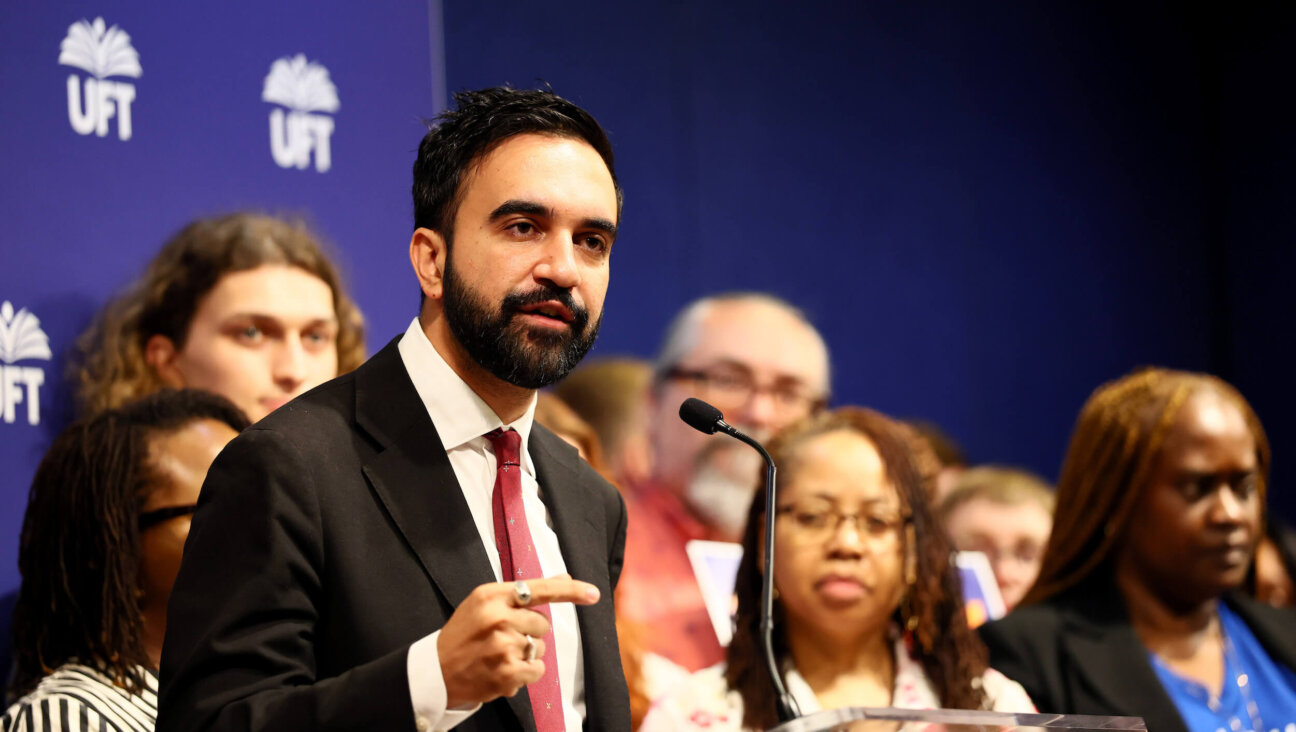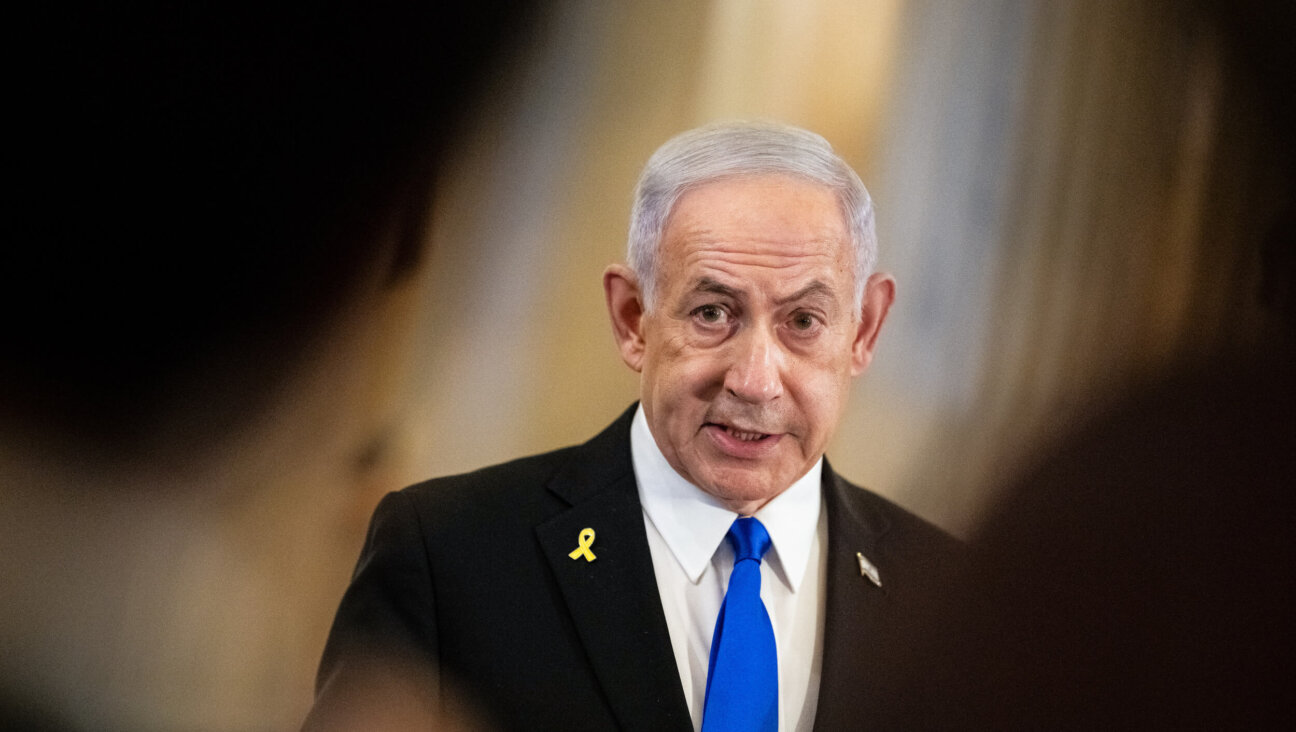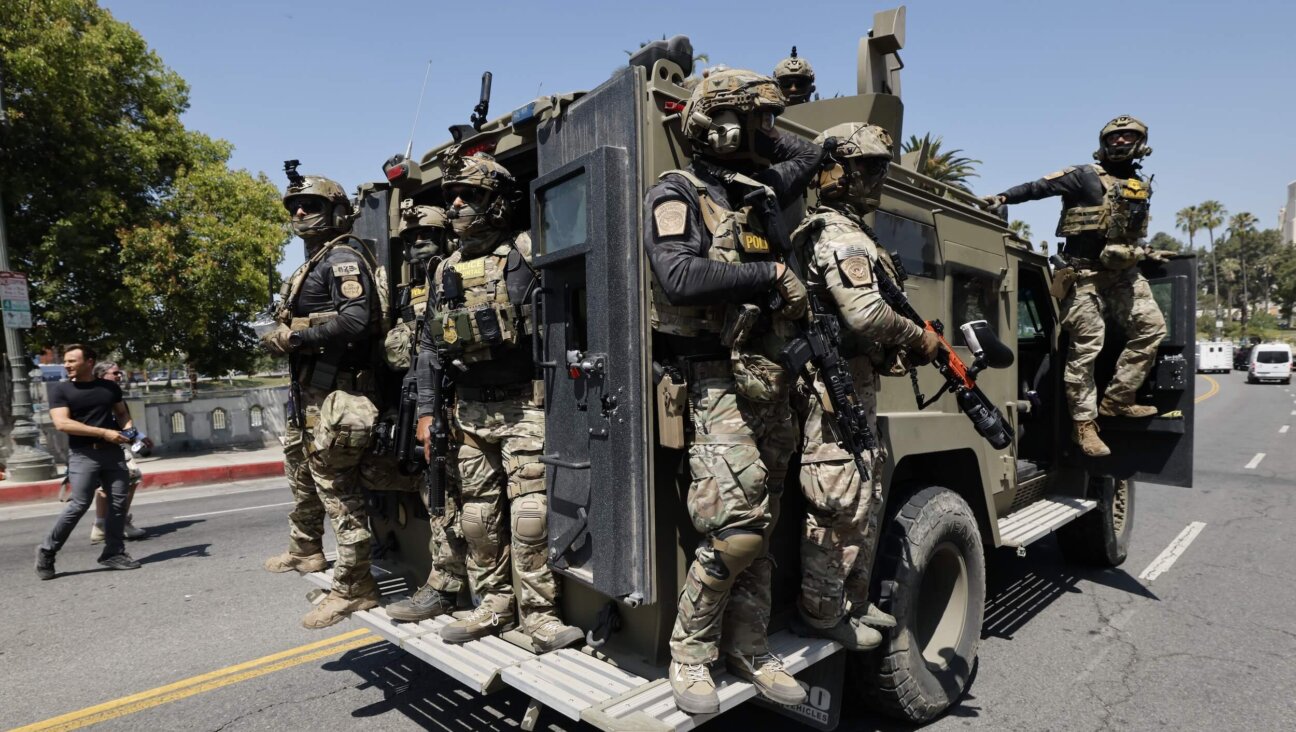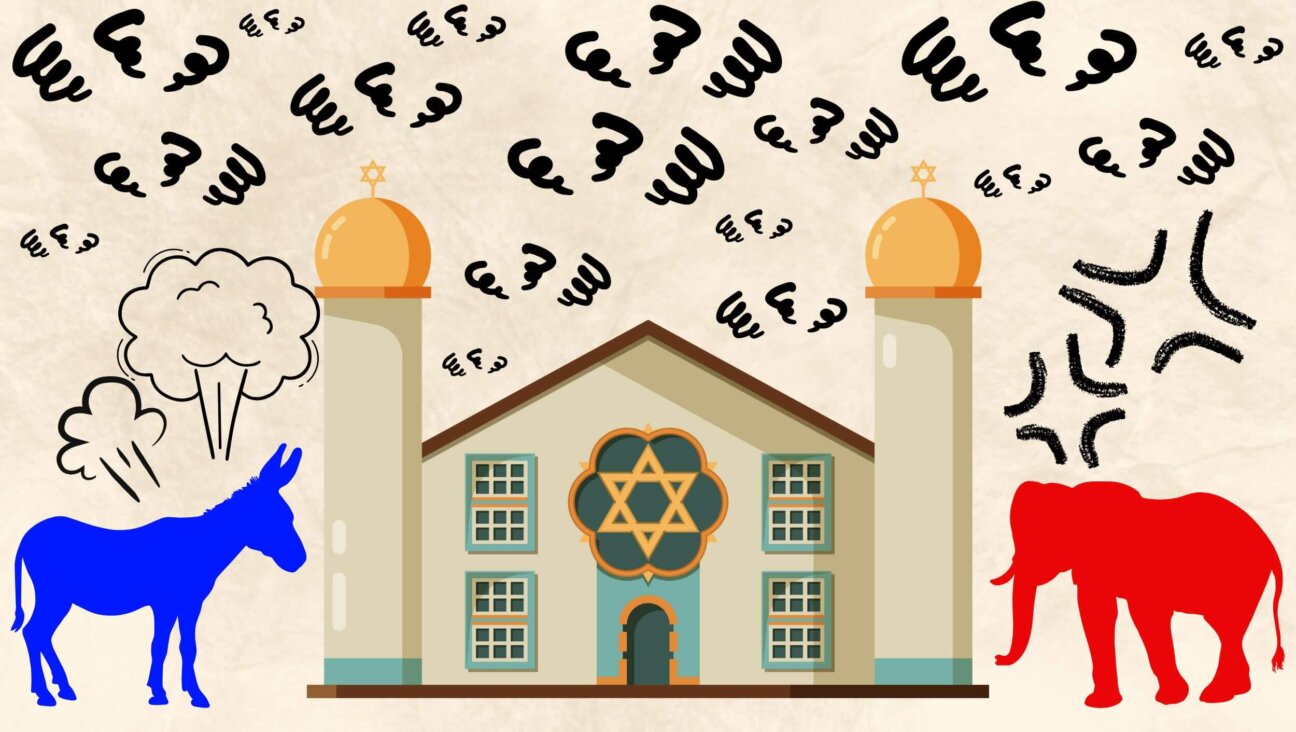Our Jerusalem, Both Heavenly And Earthly
New Orleans was — is — the occasion. Suddenly, it becomes clear that a city can be not only a place but also an idea. The idea of post-Katrina New Orleans, in the aftermath of the Saints’ victory, in the aftermath of a remarkable mayoral election, is beguiling, even redemptive. Yet for the time being, at least, it’s the idea that has to do the heavy lifting; the place is still in shameful disrepair.
Very few Americans cities enjoy the twin status. For several decades, New York appeared to tumble out of control, and it seemed the place might actually defeat the idea. But by now, whatever its problems, New York is working, idea and place intact.
Others? Maybe Washington, but if Washington’s an idea, then most Americans seem to think it’s a bad one. Las Vegas seems out of kilter, too much idea, a fantasy more than a place. Sandburg’s Chicago (Upton Sinclair’s and Al Capone’s, too) was both for a time, and Detroit as well. The one has waned, the other collapsed. There are iconic neighborhoods (Beverly Hills, for example) and there are other cities that have had their moments (Montgomery and Selma) and some, such as San Francisco and perhaps Salt Lake City that make the list intermittently.
Abroad, there was once Vienna, there will always be Paris. There’s Guernica, which earned its miserable fame on one dreadful spring day in 1937, and then, of course, at least Dresden, Hiroshima, Nagasaki. By virtue of the movie, Casablanca; by virtue of the Vatican and the art, Rome; by virtue of all it bequeathed to us, Athens, although its hold grows more tentative.
And then there is the place/idea that for so long was regarded as the center of the universe: Jerusalem. For a dozen centuries and more, the place called Jerusalem was razed and sacked, ruined: The Book of Lamentations, likely written in the 6th century BCE, begins with the dirge, “Oh how doth the city sit solitary, she that was full of people,” and over the course of the two-and-a-half millennia that followed, there was no lack of occasion for reading the text as if it were meant to describe the day’s events. Jerusalem has been conquered and conquered again, and was often ravaged in the process. These repeated conquests took their toll: In 1260, the population of Jerusalem, even then the most famous place/idea in the world, was fewer than 2,000. By the beginning of the 19th century, the population had climbed to about 10,000, most living in squalor. Jerusalem the place was, in sad fact, a slum.
But in the Jewish tradition, there are actually two Jerusalems, not one. There’s yerushalayim shel mala, the heavenly Jerusalem, Jerusalem-the-idea: There, when it rains, flowers bloom; when mouths open, choirs of angels sing. It is that Jerusalem we invoke when we recite Psalm 137, “If I forget you, O Jerusalem, let my right hand forget its cunning; if I do not remember you, let my tongue cleave to the roof of my mouth.” And then there’s yerushalayim shel mata, the earthly Jerusalem: There, when it rains, streets turn muddy; when mouths open, it is as often for curses as it is for blessings. There people love and laugh and push in line, there some cheat on their taxes and others — and perhaps even the cheats as well — perform acts of great kindness.
For a long while, the challenge of Jerusalem was how to bring its two visions into closer touch with each other. The effort was helped by a quirk in the law instituted by the British during the period of their mandate for Palestine (1920-48): All new construction in Jerusalem had to be fashioned of Jerusalem stone, the familiar stone of the hillsides. As a result, Jerusalem the place looked as if it had grown organically out of the hills rather than having been built by sweating laborers.
These days, however, the two Jerusalems grow more distant from each other. The earthly Jerusalem is a place where the Israeli government insists on building more and more housing meant for Jews, often in areas of the city traditionally home to Palestinians. It is a place where demonstrators, sometimes the fervently Orthodox, other times angry social democrats, find themselves confronting the police. There, impossibly divergent definitions of just what the idea of Jerusalem is, compete against each other. There, a government of perplexing mediocrity tries to deal with threats real and concocted. There the question of whether Jerusalem is the “eternal and undivided capital of Israel” is utterly quotidian. It points not to a utopian eternity but to whether it is wise (or just) for Israel to exercise dominion over an array of East Jerusalem (i.e., Palestinian) neighborhoods, thereby denying the Palestinians their own slice of Jerusalem.
The place begins to wear away at the idea. But Jerusalem, all the heavenly air let out of it? Too sad to contemplate. Perhaps, when the New Orleans Saints have done with their partying, they will visit Jerusalem (marching in?), reminding its inhabitants that redemption begins as an act of will.
















